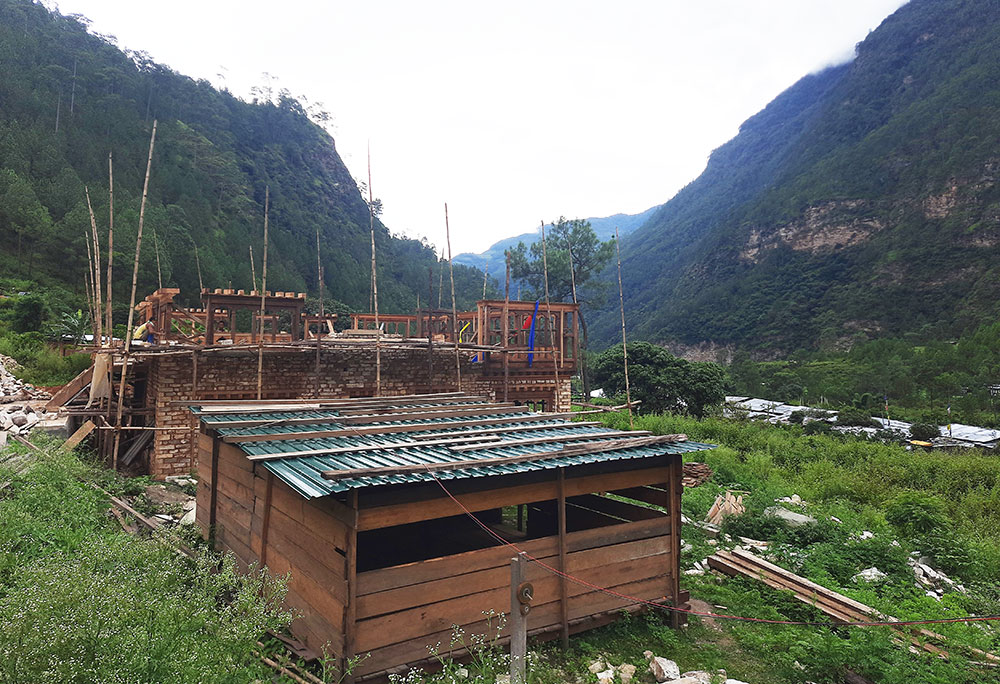Tshering Namgyal | Lhuentse
With Lhuentse dzongkhag administration allowing landowners in Autsho town to construct houses on their plots, two of the 14 plot owners started construction while other plot owners are procuring materials.
This development comes after the dzongkhag started a local area plan (LAP) in the town.
While the private plot owners are happy and eager to construct houses, more than 30 shopkeepers, who operate businesses from makeshift huts on the private plots are worried as they have been asked to vacate.
A grocery shop owner, Dechen Tshomo, said her landowner insisted she vacate the plot, but she has nowhere to go. “Business is the main source of livelihood for my family. I am worried where I should shift.”
Another businessman, Chimi, said plot owners have been forcing them to vacate. “But there is no alternative to go except the government plots.”
He explained they were operating their businesses on state land until 2018 with an annual rent of Nu 4,000. “After the dzongkhag asked us to dismantle our structures and vacate, we have rented private plots paying an annual rent of Nu 7,500.”
Dzongkhag officials said the LAP is ready, but they are currently waiting for the approval on land allotment criteria from National Land Commission.
Dzongkhag has done plot demarcation and road networking with the mapping for 48 plots in the core town. The design and layout of the town and the aesthetic part and architectural aspects are also completed.
Autsho satellite town will house different zones like urban core precinct, residential precinct, environmental conservation precinct and open space.
In the recent dzongkhag tshogdu, local leaders also raised concern on developmental activities getting delayed and resolved to forward the matter to the concerned agencies.
Today, there are more than 50 business license holders in Autsho town with some households holding more than one license in their family members’ name. There are about 40 government plots.
The government approved Autsho satellite town in 2015.
Edited by Tashi Dema


